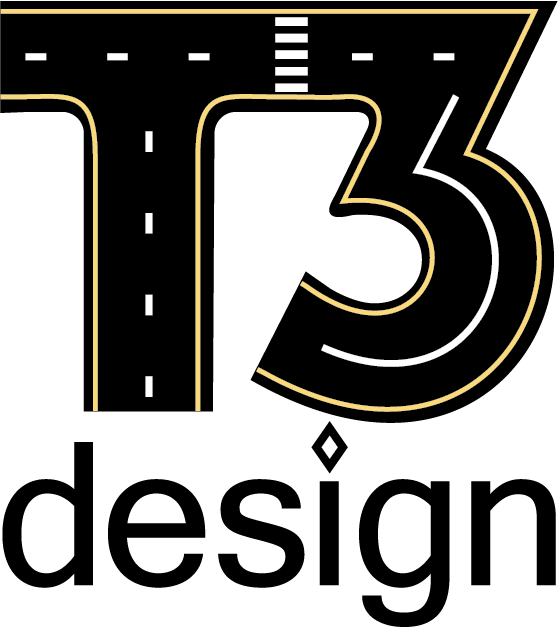T3 is providing professional engineering services for the landside portion of Virginia’s largest ever design build project on I-64 in the Cities of Hampton and Norfolk. The $3.3B Hampton Roads Bridge-Tunnel Expansion Project will ease congestion with the addition of twin 2-lane bored tunnels as well as widening of the 4-lane segments of the I-64 corridor. The project includes improvements to the I-64 corridor between Settlers Landing Road in Hampton and I-564 in Norfolk, adding a third lane and a drivable shoulder to I-64 in each direction that will be variably priced tolled lanes (HOT lanes).
In 2019, VDOT awarded the design build contract to Hampton Roads Connector Partners (HRCP), a joint venture consisting of multiple partners, with Dragados USA serving as lead contractor and HDR and Mott MacDonald as lead designers. As the traffic engineering subconsultant for HDR, T3 is responsible for supporting the team with traffic forecasting and analysis, signal design and an interchange modification report (IMR). T3 has prepared project wide traffic forecasts that are used to support several key project elements including noise analysis, roadway geometry and pavement design.
T3 has developed AM and PM balanced peak period volumes (5-hour periods) for existing, opening year (2025) build and no build and design year (2045) build and no build conditions. T3 has developed annual average daily traffic (AADT), percent heavy vehicles and directional flow for the design year. Future traffic volumes were based on the Hampton Roads 2045 travel demand model (TDM) and growth factors developed by T3 and approved by VDOT. These volumes include HOT and HOV volumes expected in the opening and design years. T3 is currently performing traffic analysis for daily, AM and PM weekday peak conditions using VISSIM for the current year, opening year and design year for the build conditions. This includes analysis of the acceleration, deceleration, merge, diverge and weave lanes including the entrance and exit from the HOT/part time shoulder lanes using both HCS and VISSIM.
T3 has also performed a safety analysis on crash data for corridor using crash data from 2016 through 2018 to determine hot spots and crash cluster locations. To support the project design exceptions and design waivers (DE/DW), T3 is performing traffic and safety analysis to ensure the proposed design will not result in negative safety impacts. For future conditions on roads that are not yet constructed, T3 used predictive crash methodology, including both IHSDM and ISATe modeling to determine the impacts at DE/DW locations.
T3 supported the noise analysis by preparing ENTRADA data sheets with 24-hour traffic volumes and heavy vehicle percentages that were used to compute the loudest hour memorandum to support the ongoing sound wall determination study. T3 is preparing an Interchange Modification Report (IMR) for the interchange of I-64 at Bayville Street/W Ocean View Avenue to demonstrate the proposed design will not adversely impact interstate traffic at or adjacent to the ramps.
T3 is preparing traffic signal design plans for two intersections on the project per the Technical Requirements. The two locations include intersection pairs at Mallory Street and Little Creek Road at their respective intersections with the I-64 EB and WB ramps. Temporary and final traffic signal plans will be completed together as one series to show the phased construction of signal equipment through each phase of construction, leading to the ultimate build-out plans. Signal timing plans will be developed for intersections included in the final and temporary signal design plans. T3 has coordinated with the Cities of Hampton and Norfolk to incorporate their signal design criteria and preferences are reflected in the design plans.
